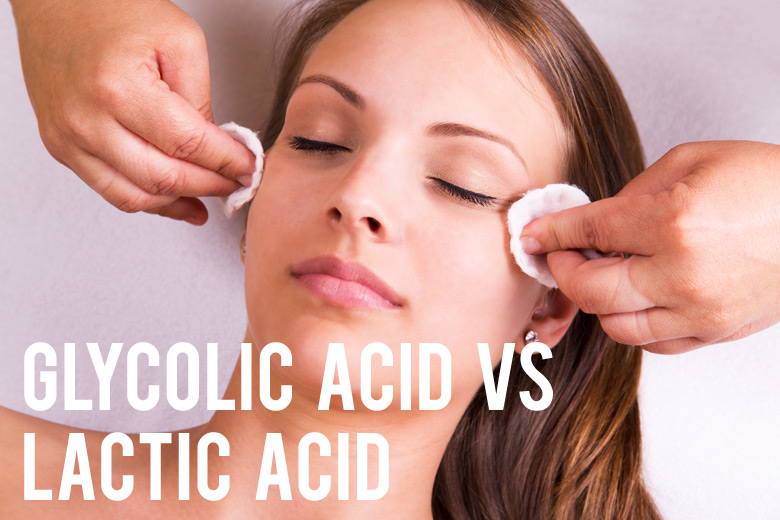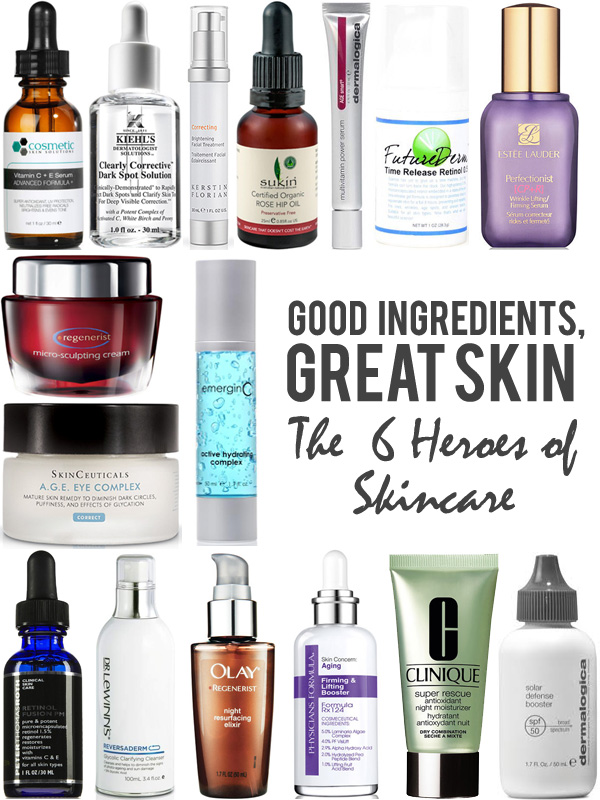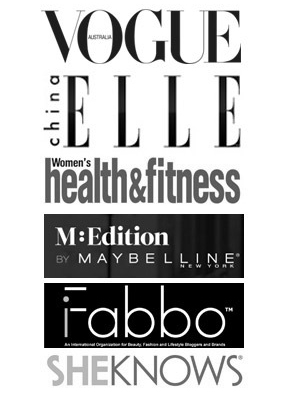 Salicylic acid is also referred to as Beta Hydroxy Acid (BHA). There are a variety of AHAs (see Ingredients Dictionary: Alpha Hydroxy Acid), but only one BHA – salicylic acid.
Salicylic acid is also referred to as Beta Hydroxy Acid (BHA). There are a variety of AHAs (see Ingredients Dictionary: Alpha Hydroxy Acid), but only one BHA – salicylic acid.
It is a multifunctional ingredient that addresses many of the systemic causes of blemishes. For decades dermatologists have been prescribing salicylic acid as an exceedingly effective exfoliant, but it also is an anti-irritant. This is because salicylic acid is a derivative of aspirin (both are salicylates — aspirin’s technical name is acetylsalicylic acid), and so it also functions as an anti-inflammatory.
Another notable aspect of salicylic acid for treating breakouts is that it has antimicrobial properties It is also well documented that salicylic acid can improve skin thickness, barrier functions, and collagen production. As an exfoliant, in concentrations of 8% to 12%, it is effective in wart-remover medications. In concentrations of 0.5% to 2%, it is far more gentle, and, much like AHAs, can exfoliate the surface of skin. In addition, BHA has the ability to penetrate into the pore (AHAs do not), and thus can exfoliate inside the pore as well as on the surface of the skin, which makes it effective for reducing blemishes, including blackheads and whiteheads.
The main difference between alpha hydroxy acids and beta hydroxy acid is their lipid (oil) solubility. Alpha hydroxy acids are water soluble only, while beta hydroxy acid is lipid (oil) soluble. This means that beta hydroxy acid is able to penetrate into the pore which contains oil (sebum) and exfoliate the dead skin cells that are built up inside the pore. AHAs are much less able to do this because they can’t get through the fat content of the oil. Because of this difference in properties, beta hydroxy acid is better used on oily skin with blackheads and whiteheads. Alpha hydroxy acids are better used on thickened, sun-damaged skin where breakouts are not a problem.

Beta hydroxy acid appears to be less irritating than alpha hydroxy acid even though it penetrates deeper into the pore. This occurs because salicylic acid is, again, derived from acetylsalicylic acid, or aspirin, and salicylic acid retains many of these anti-inflammatory properties. Despite this fact, beta hydroxy acid can still cause skin irritation. Symptoms of irritation include redness, burning, itching, pain, and possibly scarring. People with darker colored skin are at a higher risk of scarring pigment changes with beta hydroxy acid.
Both AHAs and BHAs lost their effectiveness as a product’s pH level goes up and the concentration of the ingredient goes down. AHAs work best in a 5% to 8% concentration, in a product with a pH 3 to 4, whereas BHA works best in a 1% to 2% concentration, in a product with a pH of 3 to 4.
For those who are keen on trying out DIY aspirin masks as a method of exfoliation, please ensure that you are not allergic to aspirin, as some people can be.
An example of a beauty product with BHA is Clinique’s Total Turnaround (with 1% concentration of BHA).
Source: Beautypedia, About.com: Dermatology, The Beauty Bible











